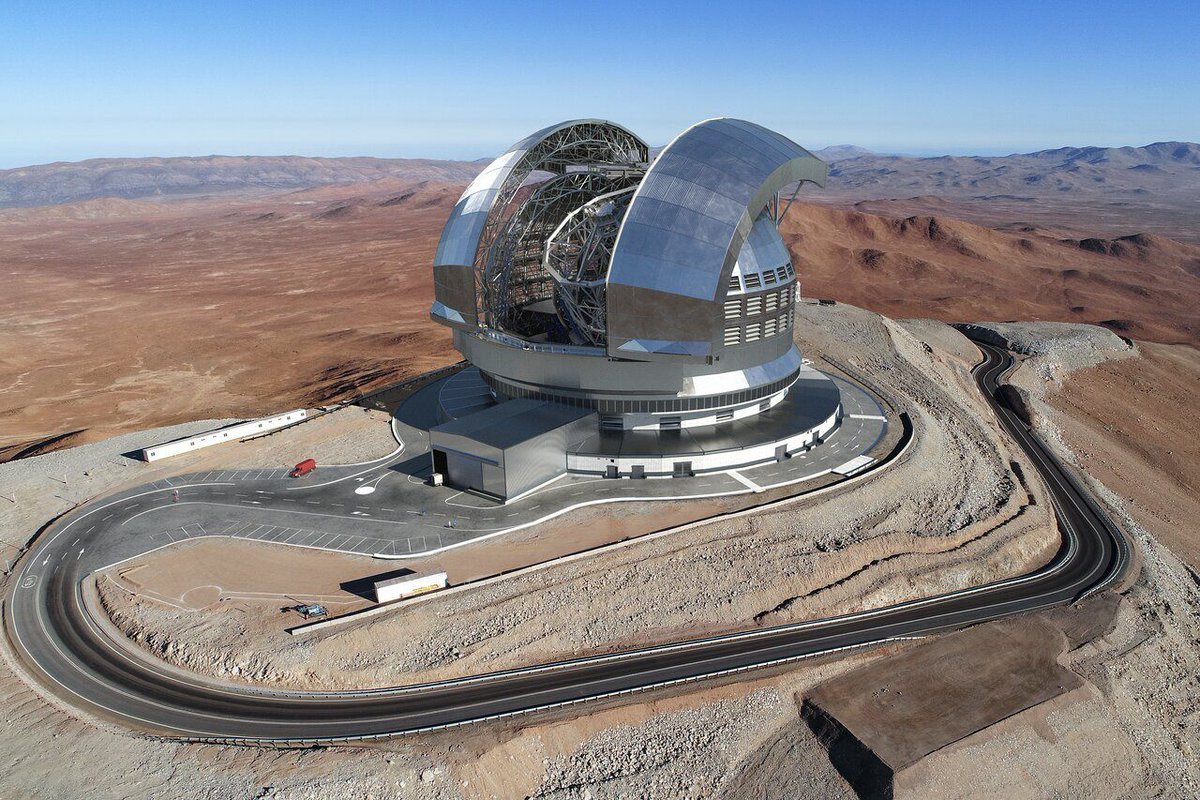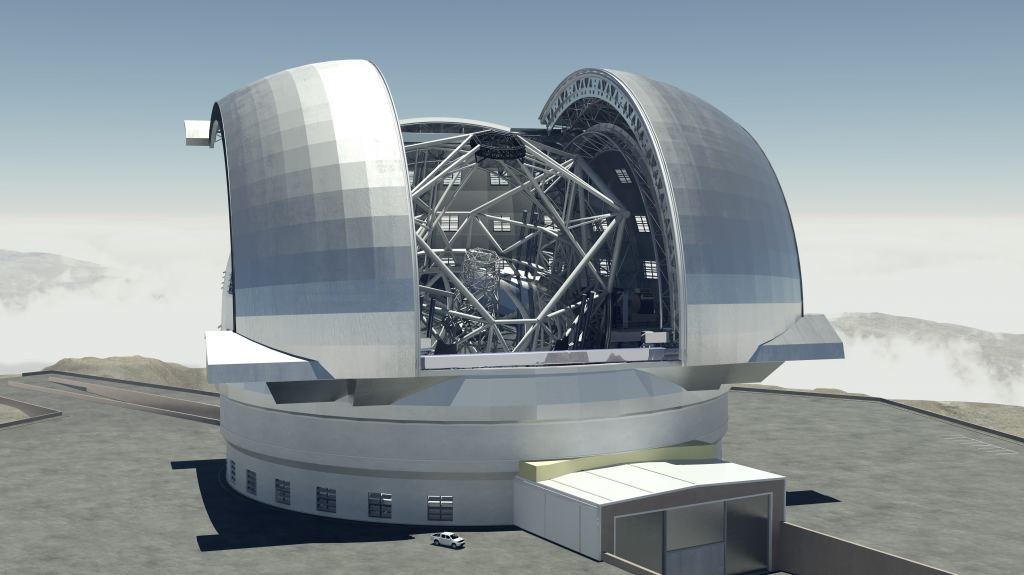

Funding is an extremely important aspect of any large-scale science project. The whims of financial controllers can greatly expand or completely sink the efforts of hundred or thousands of other workers. Many times, funding announcements for large scientific projects focus on cuts or “cost-savings” which hobble the eventual end system they are trying to build. But recently the European Southern Observatory (ESO) announced it had actually increased the budget for the under-construction Extremely Large Telescope (ELT) by 10%.
The total cost of the project has now reached €1.3 billion ($1.59 USD). Originally approved and funded in 2012, construction of the actual observatory started in 2014 at ESO’s Paranal Observatory in Chile. The construction relies on a consortium of contractors, both from the ESO’s funding nations as well as Chile itself. In fact, 80% of the budget from the project goes directly to those contractors.


It has been a bumpy road for those contractors though, as the original funding for the projects had a two phase approach. The first “Phase I” part of the project would result in a fully function ELT, though it would be significantly less functional than originally envisioned. A second phase, with its own pot of money, would then be used to bring the telescopes up to the specification that was originally laid out for it.
More recently, the ELT underwent what ESO calls a “total cost exercise”, which monitors the project to ensure that it is living up to expectations. As part of this exercise, the ESO Council (the organization’s funding body) approved a 10% project budget increase that will achieve the goals originally laid out in Phase II of the plan. These improvements include atmospheric monitoring equipment, more laser guided star trackers, and a whole new technical outbuilding in nearby Armazones.
One thing the increased budget did not seem to affect was the timeline. Barring any major technical hiccups or budgetary disasters, the ELT is still on track to receive its first light sometime in 2025.
Learn More:
ESO – Green Light for E-ELT Construction
Lead Image Credit: ESO
The hunt for aliens goes hand in hand with the hunt for habitable planets. Astronomers…
Computers are an integral part of space exploration, keeping them functioning when away from Earth.…
By the end of this decade, NASA, the Chinese National Space Agency (CNSA), Roscosmos, and…
Could a new, fifth force of nature provide some answers to our biggest questions about…
In 2015, the United Nations adopted the 2030 Agenda for Sustainable Development—the Sustainable Development Goals…
Astronomers have been battling threats to their clear skies on all fronts lately. One of…